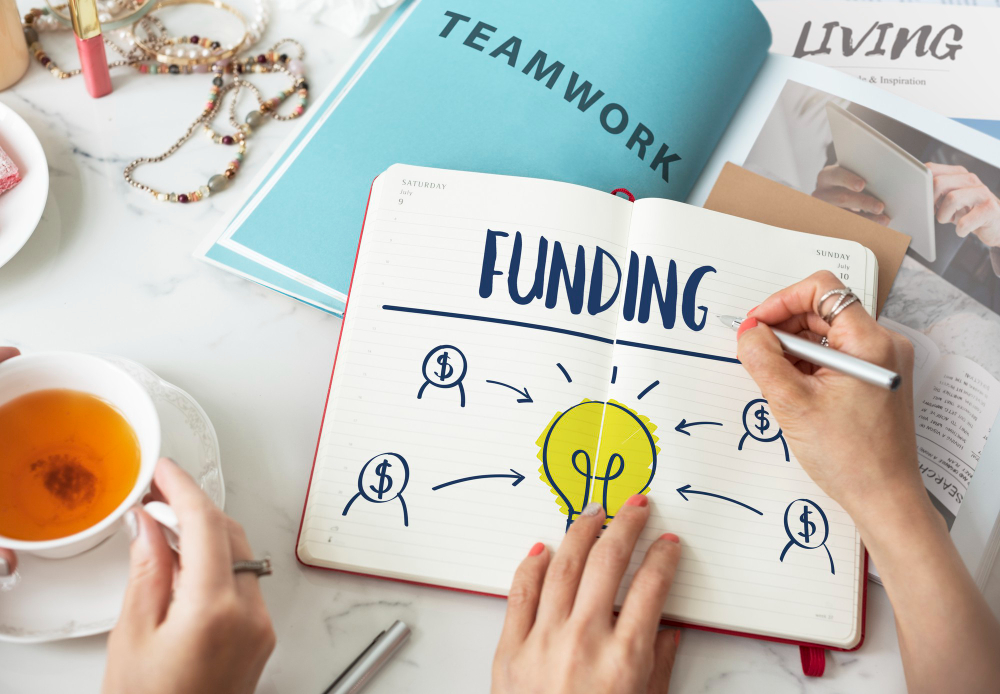Feedback Management Systems: Tools and Strategies for Sustained Organizational Growth
In today’s fast-paced work environment, fostering a culture of continuous improvement is crucial for staying competitive. An effective strategy to achieve this is integrating continuous feedback into daily work routines. This blog post explores how feedback management supports ongoing professional development and performance improvement, and highlights tools and strategies that facilitate this process.
Feedback Management: Integrating Continuous Feedback Daily
Continuous feedback is about providing regular insights into employees’ work and behaviors, rather than waiting for annual review cycles. This integration can be seamless and constructive, focusing on immediate recognition and guidance that helps individuals adjust and thrive in real-time.
Daily Check-Ins: One simple yet effective approach is daily check-ins. Managers can spend a few minutes each day touching base with team members about their current projects and challenges. This routine not only keeps managers informed but also builds trust and encourages open communication.
Real-Time Recognition: Implementing platforms that allow for real-time recognition can significantly boost morale. Whether it’s a quick message after a meeting or a shout-out on a team platform, acknowledging small wins and good practices regularly helps reinforce positive behaviors and motivates others.

Feedback Management: Tools for Continuous Feedback
Leveraging technology is key in embedding continuous feedback within an organization. Several tools and platforms facilitate this by providing structures that make giving and receiving feedback simple and effective.
Feedback Apps: Tools enable employees to report on their progress and challenges weekly, allowing managers to provide timely and regular feedback. These apps often come with features that prompt users to answer specific questions, ensuring that the feedback is focused and relevant.
Project Management Tools: Platforms are not only for managing tasks but can also be used to provide feedback directly related to task performance. Comments or notes can be added to specific tasks, providing clarity and ongoing dialogue about project expectations and outcomes.
Feedback Management: Supporting Professional Development
Continuous feedback is integral to professional development. By receiving consistent and constructive feedback, employees are more likely to be proactive in their learning and growth.
Development Plans: Managers can work with employees to set specific, short-term goals as part of broader development plans. Regular feedback helps track these goals’ progress and can adjust them as necessary to align with both personal aspirations and business needs.
Coaching Sessions: Rather than formal training sessions, consider implementing regular, informal coaching. These sessions can address specific issues as they arise, providing solutions and learning opportunities that are immediately applicable.
Conclusion: Building a Feedback-Positive Environment
Establishing a culture of continuous improvement through feedback management requires commitment and the right tools. By integrating continuous feedback into daily routines, organizations not only enhance performance but also foster a workplace environment that values growth and learning. As employees and managers become more accustomed to giving and receiving feedback, the overall communication, collaboration, and productivity within the company will naturally improve. Remember, the goal is to create an atmosphere where feedback is not feared but welcomed as a valuable tool for ongoing development.
Explore our latest post, “Feedback Management Techniques: How to Train Managers for Better Team Dynamics,” to learn key strategies that can empower your managers and enhance your team’s performance.









